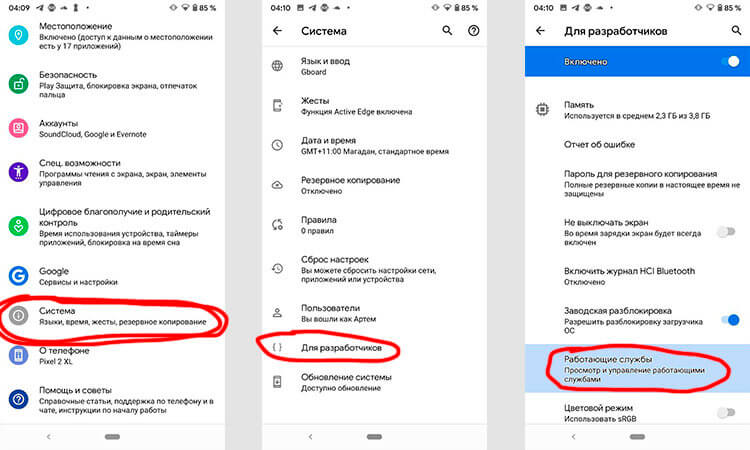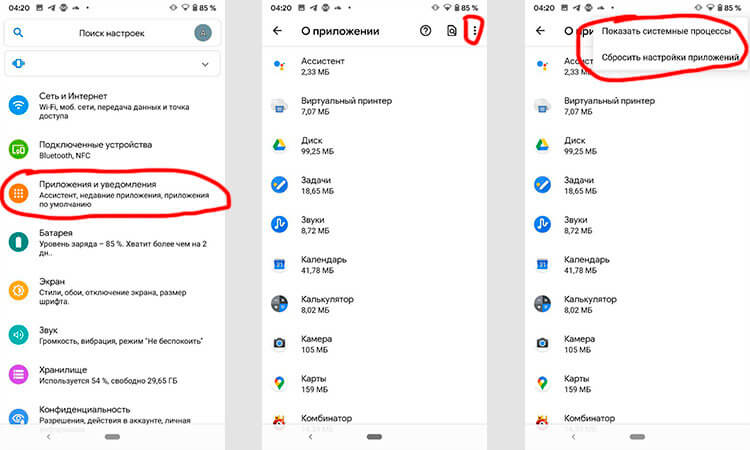Apps that run in the background aren't nearly as harmless as they seem at first glance. Even if they are written by trusted developers and there is nothing malicious behind them, they have one significant drawback that overrides many of the advantages. The downside to this is a strong impact on battery life. When the application is on the screen and only works when the smartphone is unlocked, you can control how long it runs. In other cases, it does something on its own and no one knows when it will start downloading data or simply determine the position of the device via GPS. Everyone is faced with this and in this article I will give some useful tips on what to do with it.

You need to be careful with background processes.
Does the smartphone deteriorate over time
Many users often think that over time, their smartphone just deteriorated and therefore stopped holding a charge, started to work slower and freeze more often. Of course, smartphones do have a little wear and tear, but it does not have the same impact as the user himself. This is especially true for devices on Android. It is they who over the years become overgrown with background applications, extensions and other scales, which has a much greater impact on the gadget than just the aging of the boards.
How to control background processes on the phone?
The best way to get control of your processes is to dig into your phone using the monitoring tools built into Android. Which menus you will need to go to and where to click depends on who made your smartphone. But in general, the logic will be the same.
In some cases, you need to enable developer options before you can start customizing settings. To do this, open “Settings”, then “About phone”, and then click on the “Build number” field several times (about seven times). You will receive a notification that the developer options have been unlocked as soon as you are done.

First of all, go to “Settings”, then “System”, then “Advanced” and “Developer options”. In this menu, you need to find the item “Running services”. Inside, you will see which applications are consuming RAM and will be able to install them. But it's important to understand that if you don't know what you're stopping, you can only make things worse. Stop only what you yourself started.

If you do not know what to stop and what not, you will act at your own risk. Most importantly, do not touch applications that have “Google Services” or simply “Google” in their names – with rare exceptions, these will be system services.
Is it dangerous to kill background processes Android
The system has “foolproof” and to stop something that can really lead to a critical error, most likely, it will not work, but you should not tempt fate.
To stop the process, you will need to open the selected application and click “stop”. It's simple.
If you are in doubt or just do not want to stop processes from this menu, you can go to another place. Open “Settings”, then “Applications”, then open the list of applications and click the icon with three dots in the upper right corner. There select “Show system processes”.
To force stop or uninstall an application manually through the list of applications, go to 'Settings', then 'Applications', then 'Application manager' and select the application you want to change. Do not uninstall apps that appear when you select the 'Show system apps' option.

Study the list, understand what you don't need, and stop the process. You need to understand that some applications will immediately restart the process and you can do this indefinitely. To do this, go back and just stop the application. And if you don't use it at all, just delete it – it's even better.
What causes the phone battery to drain
Now let's take a look at what exactly the battery of your phone is sitting on. The above methods of analysis are undeniably good, but they also have drawbacks. They do not show the direct impact of the application on the battery. To understand how much percent was spent by the processes of each specific application, you need to open “Settings”, then “Battery”. Here you can find information about which applications are running and how actively they drain the battery. This will make it even easier to decide what to stop or even remove.
With each new version Android, the number of automatic charge conservation systems increases. This means that over time, the number of settings may be reduced.
A lot of controversy and discussions have always been caused by third-party applications to optimize the smartphone's performance. On the one hand, they allow you not to think about how and what needs to be done to stop unnecessary processes, but there may be disadvantages in such applications.
The main disadvantage is that such applications can themselves drain the battery even more. Many users complain about this. Sometimes it's really easier to do everything manually than to trust everything to automation.
